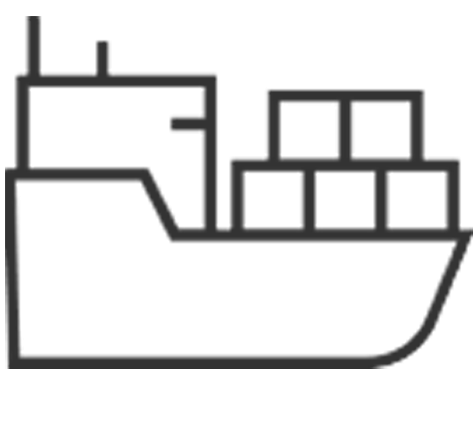Disclaimer
1 Restrictions apply for certain countries
2 Voted the UK’s Best Trade Finance Bank for eight consecutive years by Euromoney UK Trade Finance survey 2024. Find out more
3 Voted UK's Best Bank 2024 by Euromoney. Find out more
4 Voted UK’s Best Bank for Corporates 20244 Find out more














